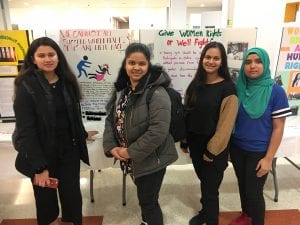
Youth presenting at a community event at South Asian Youth Action before the pandemic sent all programming online. Photo by Seema Choudhary
In Elmhurst, Queens, Sarah lives with her parents, older sister, younger brother, and paternal grandparents. Undocumented, they live in a two-bedroom apartment on the top floor of a four-story walk-up. There’s an extra, double-bed mattress squeezed into each of the two bedrooms for her and her siblings, and a shared living room space where everyone spends their free time on the weekends.
Sarah’s living arrangements resemble that of countless immigrant families in New York City.
When the COVID-19 pandemic forced the state to lock down in mid-March, Sarah, her siblings, and grandparents found themselves indefinitely confined to their apartment. Her father’s hours at the local discount store where he worked full time off the books were initially reduced. He ultimately lost his job due to the closing of all nonessential businesses in the state. Now the sole breadwinner, Sarah’s mother is paid off the books as a live-in caregiver for a wealthy senior citizen on the Upper East Side. Due to health concerns about putting her employer at risk, however, Sarah’s mother is unable to be with her family. Sarah sees her mother once a month outside of her employer’s home when she collects her mother’s salary from her. Struggling to make ends meet, Sarah and her family can only afford the month’s rent and the most essential grocery items, skipping breakfast and snacks to ensure they can eat lunch and dinner.
COVID-19’s Impact on NYC’s South Asian Community
Like Sarah, whose name I’ve changed to protect her privacy, countless South Asians in New York City face loss of employment and income, hard choices on how to support their families, and increased risk of exposure to COVID-19 due to overcrowded, multigenerational living conditions. According to the latest census data, South Asians are among the fastest-growing ethnic groups in the U.S. South Asians comprise a diverse community of people who can trace their origins to Bangladesh, Bhutan, India, Nepal, Pakistan, Sri Lanka, and the Maldives. New York City boasts the largest concentration of South Asians within the United States at an estimated population of 434,000, the majority of whom live in Queens. South Asians in the city have been hard hit, particularly because they live in the most densely populated neighborhoods of the Bronx, Brooklyn, and Queens. In Sarah’s Elmhurst neighborhood, where South Asians make up 20 percent of the community, there are over 61,000 residents per square mile—three times the density of Queens overall. Not surprisingly, one of the two hardest-hit ZIP codes in New York City is Elmhurst. High-density neighborhoods like this are home to a large share of frontline workers in food preparation, delivery, and janitorial services. Many South Asians also hold jobs as taxi or Uber drivers, deli owners, and various other frontline roles. Western Queens is home to one of the largest shares of residents working in service occupations in New York City.
[Related: Faced With Overwhelming Need, Nonprofits that Serve Immigrants Adapt to COVID]
In Queens, the Asian population has a poverty rate higher than the Black population, and nearly as high as that of Hispanics. In fact, Elmhurst is part of a congressional district that has the highest poverty rate for the Asian American and Pacific Islander (AAPI) community of all the country’s 435 districts (based on 2018 American Community Survey data). While significant, it is important to note that data listed under the AAPI umbrella term does not fully capture the heterogeneous nature of the entire community. In the context of the current pandemic, the lack of disaggregated data makes it hard to determine just how hard the South Asian community was hit by the COVID-19 pandemic. We know that over 8 percent of the city’s Asian community (Asians comprise over 13 percent of the city’s population) who tested positive for COVID-19 have died from it, based on data released by New York City’s Department of Health. This is among the lowest of any ethnic group in the city, and yet we also know based on firsthand accounts from other sources that specific communities within the AAPI umbrella, such as the Bangladeshi community, have been deeply impacted. Advocates have said the Bangladeshi community is hard hit due to high rates of poverty, diabetes, and informal job employment, as well as small, overcrowded living quarters.
A South Asian-Focused Youth Development Nonprofit Offers Support
Recognizing the need to provide resources and support to the often-overlooked South Asian community in New York City, South Asian Youth Action (SAYA), where I work, was established in 1996 to serve youth from elementary school through college. Most participants are either immigrants or come from immigrant households. This culturally affirming space offers mentorship beyond the classroom, so young people can grow into engaged community members who are ready for college, careers, and personal success. In the 2018-19 academic year, 1,500 youth benefited from SAYA’s services across 10 locations.
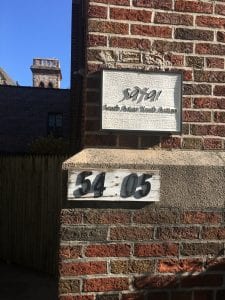
Photo by Seema Choudhary
Prior to the pandemic, Sarah enjoyed attending SAYA programs regularly and appreciated the space that the Main Center in Elmhurst offers, providing her a safe place to socialize with her teenage peers. After the lockdown, SAYA transitioned all youth programming to a virtual platform. “The pandemic has taken a toll on our youth, our staff, our organization, and our city,” says Sonia B. Sisodia, SAYA’s executive director. “We have all faced a number of challenges, be it personal, health, or economic. Throughout it all, my colleagues and I have tried to be there for our youth and families and will continue to be a source of support for them as they navigate what comes next.”
Over 35 SAYA staff members lead and support virtual programming across sites from elementary school through college. Facilitators also conduct weekly one-to-one calls with each program participant to supplement virtual sessions. For further support, a COVID-19 resource page was added to the organization’s website. It lists over 50 resources, on topics such as housing, health, and financial and food assistance.
“In this pandemic, I was facing a family dilemma. SAYA supported me by giving advice and holding one-on-one meetings,” Sarah says. During one of her online sessions, Sarah learned that SAYA has access to an emergency fund available to youth, their families, and the overall community in times of high need. On her next check-in call, Sarah was relieved to learn that her immigration status did not affect her ability to apply. With her facilitator’s help, she quickly applied for and received the $800 her family needed within a week—just in time to pay the bills and purchase enough groceries for the month. To date, SAYA has been able to award $50,000 to 33 families during the pandemic with a limit of around $1,000 awarded to each family in need.
The Challenges of Moving Forward
While SAYA’s resources addressed some of Sarah and her family’s financial concerns, a larger question looms about the mental and emotional toll of this experience. Already challenged by the uncertainty of whether they will meet their basic needs, Sarah and her older sister are also burdened with running household errands and buying groceries because their father and grandparents are immunocompromised by Type 2 diabetes. Sarah’s mother is no longer able to spend time at home, fragmenting the possibility of comfort and security that home might otherwise elicit. On top of managing the household and bearing the emotional weight of this crisis on their family, Sarah is also struggling, with limited support, to adjust and keep up with the virtual learning at her Queens high school.
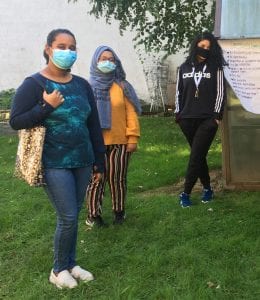
Three youth attending in-person programming at South Asian Youth Action. Photo by Seema Choudhary
Sarah and her siblings are confronted with challenges that are far too great for any young person to navigate alone, and yet Sarah is just one example of the thousands of immigrant youth in our country who have remained largely invisible and unheard when considering the broader discussions on the impact of COVID-19. As the crisis continues to impact our everyday lives, centering our youth in decision making is increasingly important. The federal government must allocate funds toward mental health counseling for our youth and increase access to crucial resources for immigrant families who need them.
Our youth are our future leaders and in this critical moment, we must do everything in our power to build a supportive ecosystem in which they can thrive.

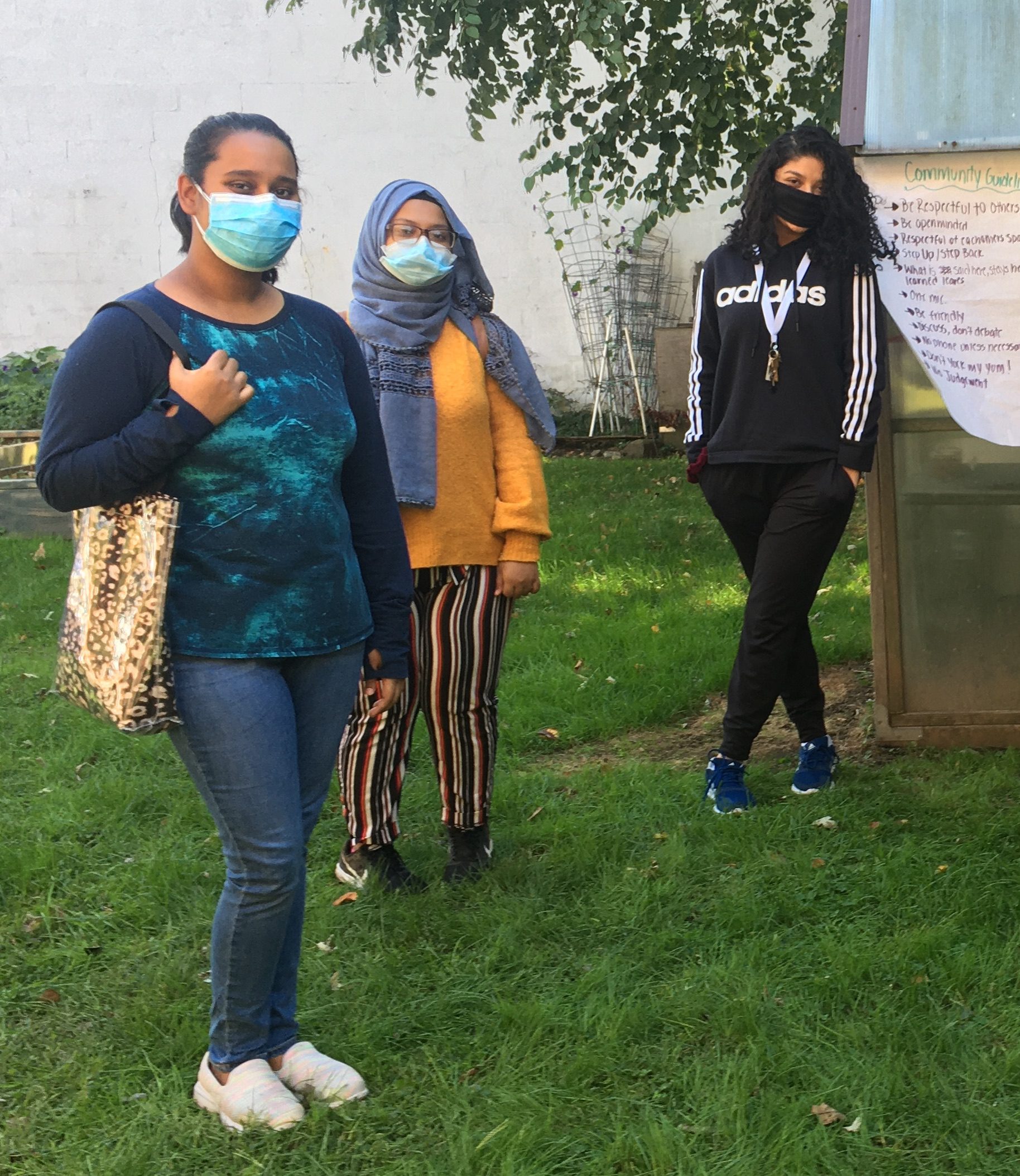



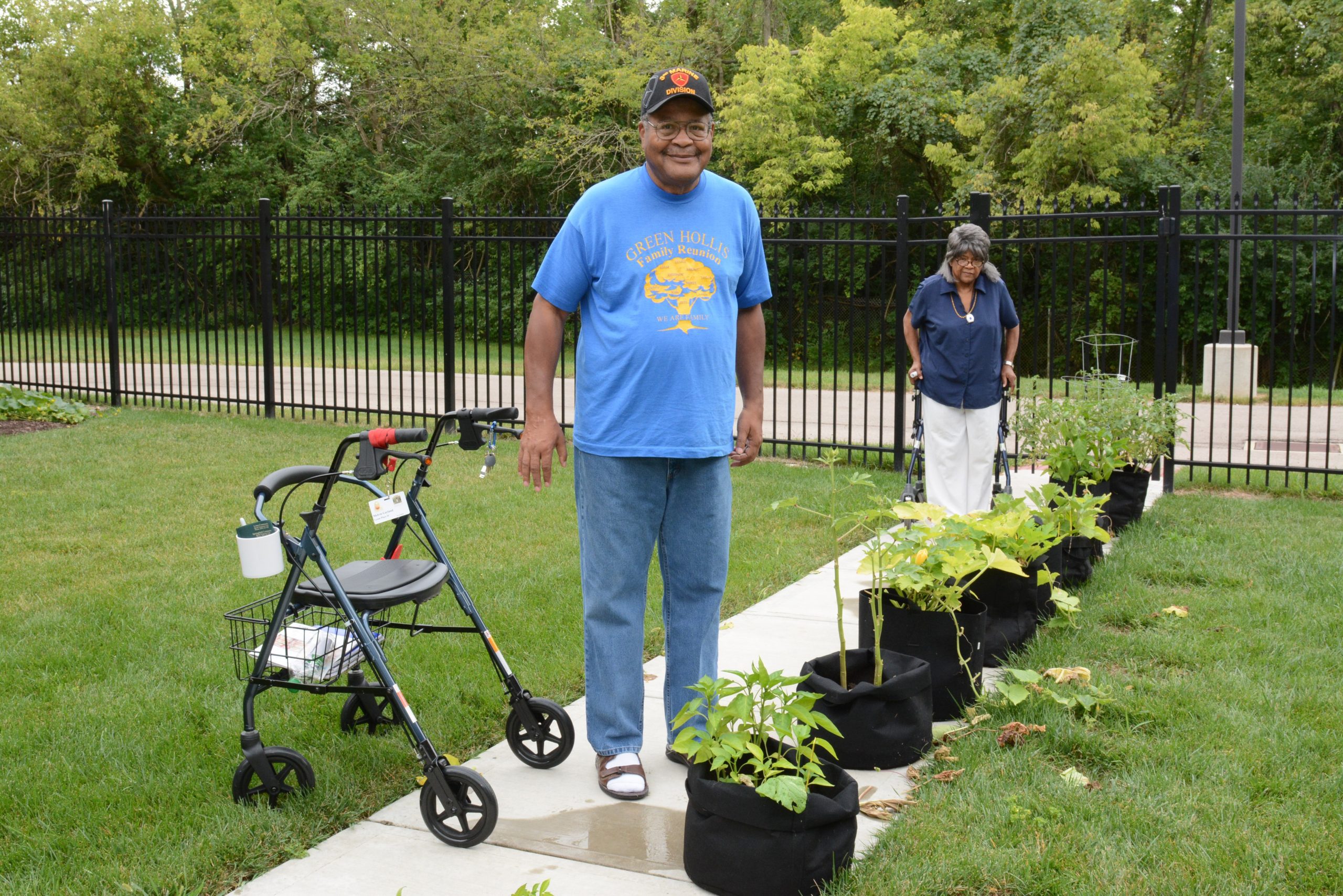
Comments